For the past ten to fifteen years, the market for retro-styled cameras has become quite strong. This began in earnest with Fujifilm’s very well received X100 in 2010, which has now had 6 revisions and is sold out everywhere. Later in 2013, Nikon released the Nikon Df – a retro-styled DSLR that saw some success at launch, but has seen used prices rise over the past few years as people are beginning to clamor for those old style designs.
Nikon continued their retro designs with the 80s SLR styled Zfc APS-C mirrorless camera in 2021. Finally, however, Nikon has released their full-frame retro mirrorless camera with the Nikon Zf. Nikon’s Df was controversial when it came out, because it lacked video of any kind in an era where DSLR video was beginning to blossom, and it fell short in a few areas given its price point. With the Zf, Nikon appears to have learned its lesson, as they have given the Zf a very solid set of capabilities, including some brand new features that hadn’t been included on any Nikon camera before. Let’s get into the details.

For long-time readers of this site, you may notice some shortening of certain sections of this review. Due to family commitments and an increased level of commitment at work, I am going to be slowly modifying my camera reviews. I have been very in-depth on my reviews for the last 12 years of this site, and all-told, camera reviews have tended to take me upwards of 40 hours to fully write, and I simply don’t have that level of time any more. I will still be committed to providing detailed discussion of items that I feel warrant said discussion (as you’ll see below when I talk about controls and operation), however I will no longer be going deep into every feature a camera offers. Those that stand out or are important to my shooting will be mentioned, but I’m hoping to trim a bit of fat off the camera reviews. Lens reviews will likely be unchanged going forward.
Construction and Handling
The Nikon Zf is a retro-styled mirrorless camera with a design that is reminiscent of the Nikon FM2 from the early 1980s, with a few design elements of the Nikon F3. It’s made predominantly of magnesium alloy, with painted brass dials on top and a black leatherette that covers the midsection of the camera. The camera is a bit larger than I originally expected, and it’s also a little heavier than I thought it would be, at 710g.
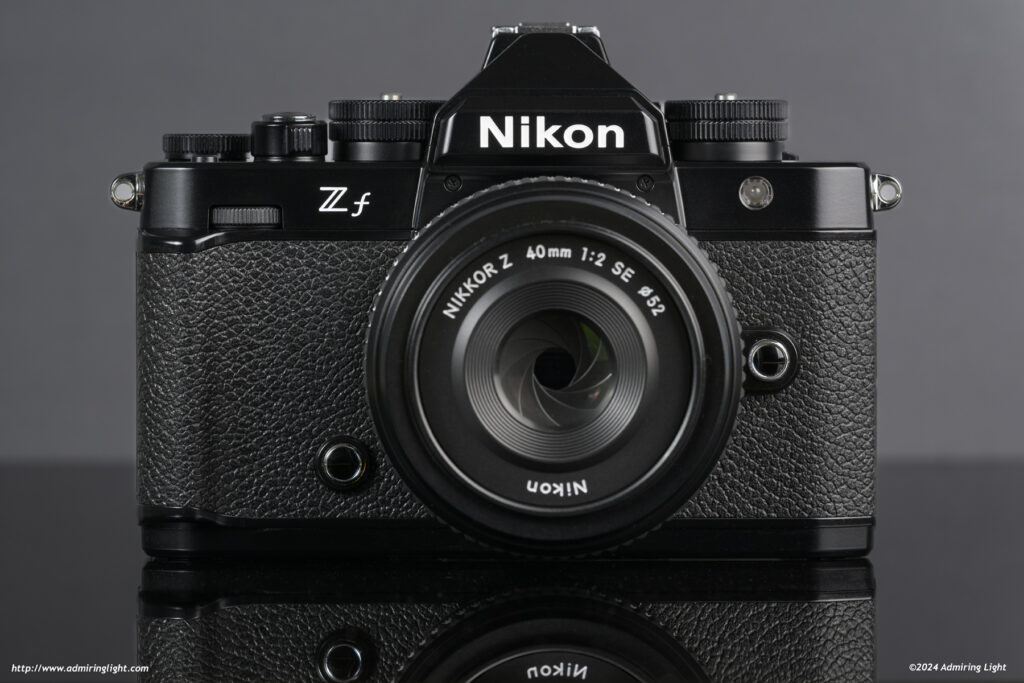
The camera feels very solid in the hand, and the brass dials have an exceptionally nice feel and wonderful tactility in operation. The dials have strong, satisfying detents and operate beautifully. The front and rear command dials are also metal and have an excellent feel in operation. However, the buttons feel like any other Nikon camera. They’re fine, and they have a consistent feel and pressure for activation, but aren’t quite as in-line with the retro theming as the dials and power switch are.
I think aesthetically, the camera really succeeds. It’s quite a beautiful camera, especially when used with one of Nikon’s SE prime lenses, the Voigtländer Z lenses, or an adapted manual focus lens. Beauty doesn’t help you take better pictures, but satisfying design can entice one to go out and shoot. I find myself using the Zf far more than my typical ‘backup’ body, and it has found essentially equal use alongside my Z8 for my personal shooting. A lot of that is due to the design and the manual dials. I just love holding and using the camera.
However, along with the 80s SLR styled body comes 80s SLR ergonomics, and this is one of the drawbacks of retro camera design. While the Zf has a slight front grip that allows for some purchase, the overall feel of the grip is that of holding a flat brick. It’s a well made brick, but a brick nonetheless. As such, even with lighter lenses, the camera isn’t designed to be held in one hand for any real length of time. If you are using a neck strap, or shooting while supporting the camera with your left hand, the Zf poses no real issues. However, if you plan on walking around with the camera in your hand, it can become very fatiguing very quickly.
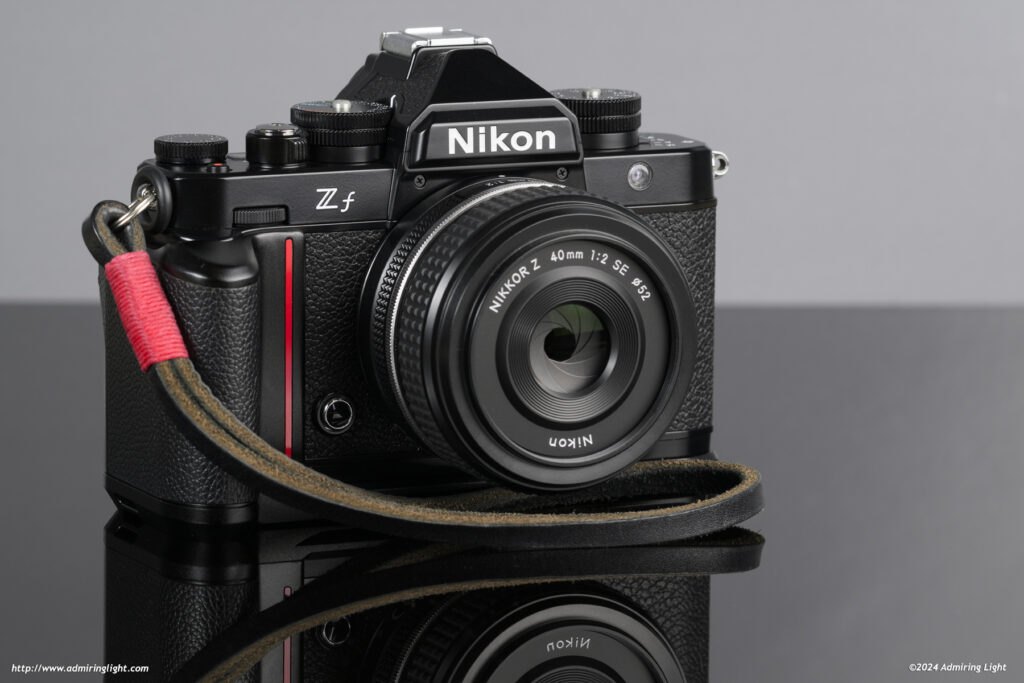
Thankfully, if you do plan on holding the camera in one hand for extended periods, there are a host of accessory grip options to help, and many of them are quite affordable. I highly recommend picking up an accessory grip with the Zf, as it can dramatically improve ergonomics and long-term comfort when shooting with the body. I did a detailed breakdown of five of these grip options here. I personally shoot with the new Neewer grip with the rear thumbrest most of the time, as I feel provides the best overall control of the camera, and is the most comfortable.
Controls and Operation
The Nikon Zf has what I would describe as a hybrid control scheme. In one way, it tries to replicate the old manual SLRs of the 70s and early 80s with dedicated dials on top, while in other ways it reverts to some more modern ways of doing things. The main controls are situated on the top plate of the camera, with an ISO dial located on the left shoulder of the camera, a shutter speed dial in its traditional place to the right of the viewfinder hump, and an exposure compensation dial on the right side. Additionally, there are both front and rear command dials, and a smattering of buttons that can be programmed. The camera is turned on by a prominent and great feeling on/off switch surrounding the shutter button.
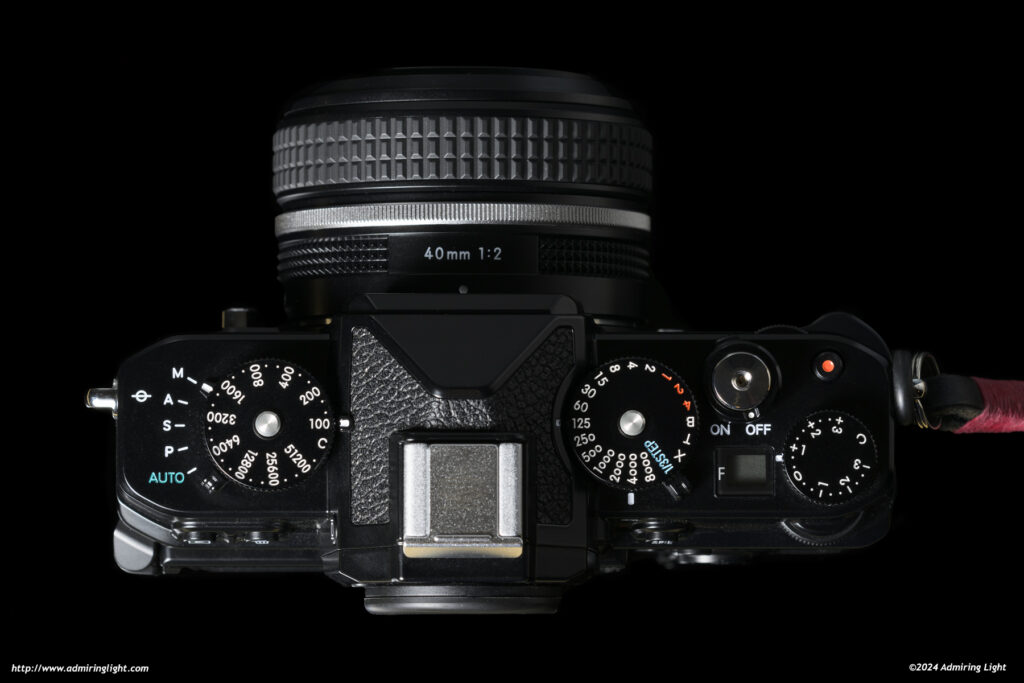
This mix of controls is hit-and-miss with regards to effectiveness. Some of that is simply due to the fact that none of the Nikon Z lenses have aperture rings. As such, you’ll always be using one of the two command dials for aperture control, unless you’re using certain manual focus lenses like Voigtländer’s excellent Z mount primes, or are adapting other lenses that happen to have aperture rings.
At its core, the Zf’s control scheme is a bit confusing. The camera has a PASM switch, located on the left top of the camera under the ISO dial. This allows you to put the camera in Manual, Aperture Priority, Shutter Priority or Program mode. However, this switch yields some awkward behavior. In aperture priority mode, the shutter speed dial turns off, ISO is controlled on its dial, and aperture on the front or rear command dial (depending on what you choose). Manual mode is the same, except the shutter speed dial now becomes active. In Shutter Priority, the command dials become effectively useless, and the shutter speed dial becomes active as well. Program mode is the most confusing, as it turns off the shutter speed dial, your command dial controls program shift (but that seems to lag), and the ISO dial is still active. There’s also full auto mode.
The confusion really comes in when you look at the ‘C’ positions on the ISO and EC dials, and the 1/3 Step position on the shutter speed dial. The C position on the exposure compensation dial effectively moves the EC function to the command dial not occupied by a changing parameter in A, S, or P modes. However, setting the ISO dial to ‘C’ mode does NOT move the ISO control to that other command dial…it simply disables the ISO dial and allows you to change the ISO by moving ISO adjustments to a separately configured button or the touch screen.

Given the relatively few programmable buttons on the camera, this is frankly dumb. There is no way to change this behavior and put ISO on one of the command dials. Also, if you want to activate auto ISO mode, you have to activate it in a menu, as there is no position on the dial for auto ISO.
The shutter speed dial has full stop selections from 4 seconds to 1/8000s, which is very nice, plus a Bulb mode, a Time mode (like bulb, but started and then stopped with a press of the shutter), an X mode for flash sync speed max (1/200s) and then the ‘1/3 STEP’ setting, which moves the shutter speed to a command dial in M or S modes, and allows for 1/3 stop increments of shutter speed.
So, depending on what combination of settings the dials and PASM switch are set to, your dedicated dials may or may not be functional. The whole thing is way more complicated than it needs to be, and a lot of that is simply due to the lack of aperture rings. I think what SHOULD have been done is a move mostly towards how Fujifilm does it. Eliminate the C setting on ISO (or at least allow it to move to a command dial), and add an ‘A’ setting to quickly allow moving to Auto ISO. Get rid of the ‘X’ position on the shutter speed dial and replace it with ‘A’. Now those dials directly control whether the camera controls that function, or the dial does. Finally, change the PASM switch to an ‘auto/manual aperture’ switch, to control whether the camera automatically selects the aperture or you control it. This would massively simplify the controls and make it consistent across all operation.
With all that complaining out of the way – I still generally like the way the camera functions. I almost exclusively use Aperture Priority and Manual mode, and I often use lenses with aperture rings (my two Vogitlanders, and my adapted E-mount Sony 35mm f/1.4 GM, 50mm f/1.2 GM, and Sigma 85mm f/1.4) on the Zf.
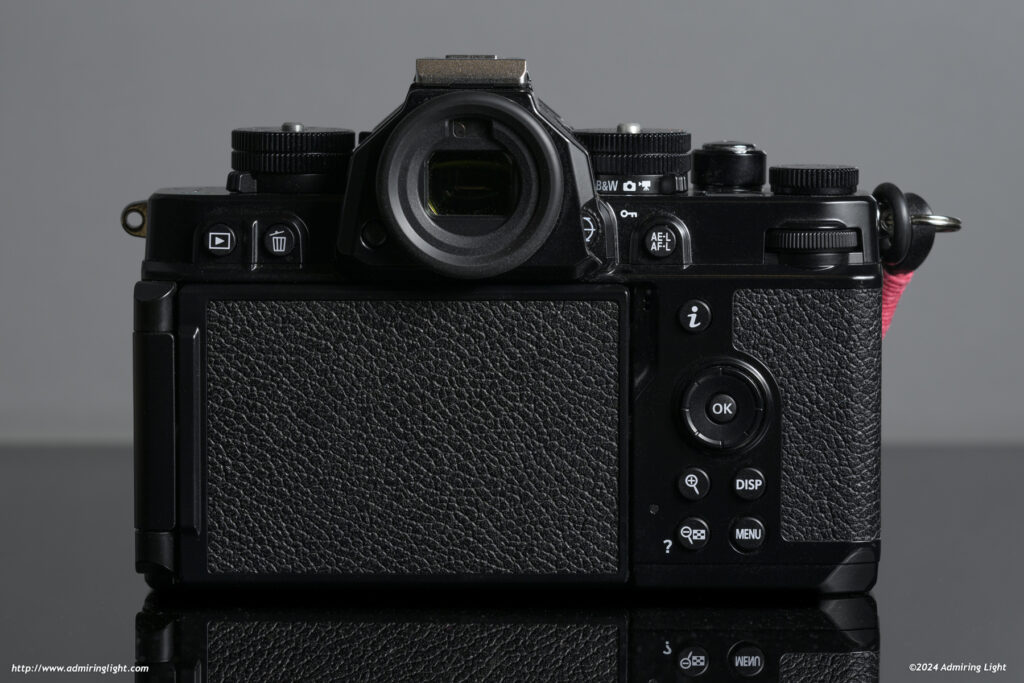
Finishing the control discussion, there is one programmable button on the front of the camera, the movie record button (which can and should be changed by most users in stills shooting mode), a programmable AE-L/AF-L button on the top rear, and the usual array of Nikon controls on the back, with a four-way controller, the i-menu button, magnification, Display, Menu, Playback and Trash buttons.
The buttons that can be programmed are the front button, video record, playback, display, OK and AEL buttons. However, since Playback and Display are pretty commonly used, I’d imagine most people won’t change them, leaving just four real programmable buttons. This is enough, but I’d prefer at least one more. I have my front button set to change AF modes, the movie record to change drive mode, and the AEL button to magnify. On my Z8, the center OK button of the four-way is used to magnify, but since the Zf has no focus joystick, the OK button centers the focus point on my setup.
Finally, there’s a switch under the shutter speed dial to switch between stills and video mode, as well as switch directly into a dedicated Black and White mode. This last part isn’t strictly needed, but I find it nice in a camera like this, and Nikon’s black and white profiles are quite excellent as well.
Overall, the controls on the Zf are sufficient, and I find operating the dials to be very satisfying. As someone who shot Fujifilm for a long time, I’m very familiar with this process…however, it’s also clear that Fujifilm has nailed this control scheme, while on the Zf it still needs some polish.


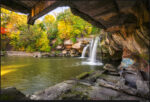

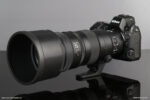
Leave a Reply